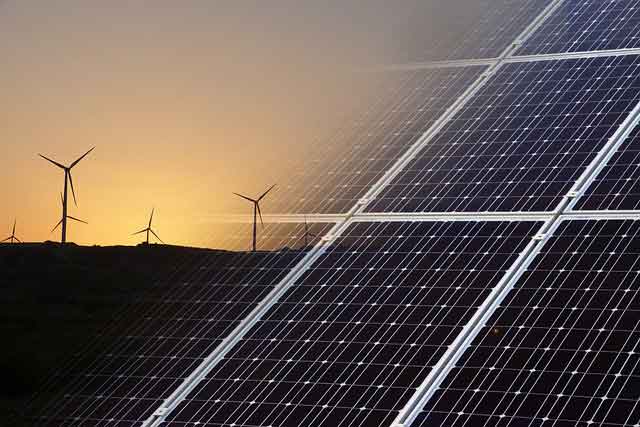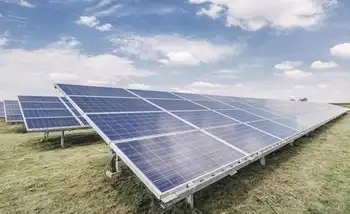Minnesota Signs Deal With Manitoba Hydro
WINNIPEG -- - The Minnesota Public Utilities Commission has unanimously approved a $1.7 billion power export deal with Manitoba Hydro.
It allows Minneapolis-based Xcel Energy to import power from Manitoba Hydro, despite the objections of aboriginal groups.
The 500-megawatt, 10-year deal was given the go-ahead.
It's an extension of an existing deal and will allow power to be exported until 2015.
Approval by Canada's National Energy Board is pending.
The Minnesota decision is a blow to the Pimicikamak Cree Nation of Cross Lake, Manitoba. They had asked the commission to first call a formal hearing into the social and economic impact of historic hydro development on their homeland.
Related News

Hydro One employees support Province of Ontario in the fight against COVID-19
TORONTO - Hydro One COVID-19 Quarantine Support connects Ontario's Ministry of Health with trained customer service teams to contact travellers, encourage self-isolation, explain quarantine rules, and share public health guidance to slow community transmission.
Key Points
Hydro One helps Ontario's MOH contact travellers and guide self-isolation for quarantine compliance.
✅ Trained agents contact returning travellers in Ontario
✅ Guidance on self-isolation, symptoms, and quarantine compliance
✅ Supports public health while freeing front-line resources
Hydro One Networks Inc. ("Hydro One") announced support to the Ministry of Health (MOH) with its efforts in contacting travellers entering Ontario to ensure they…




